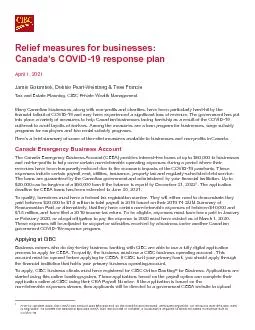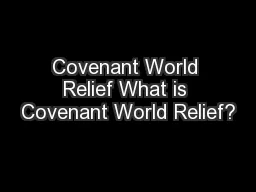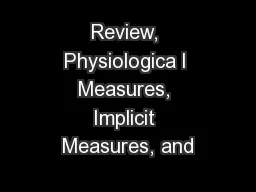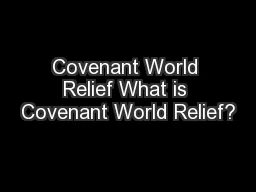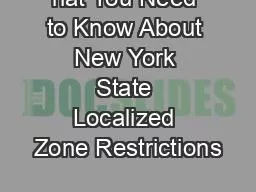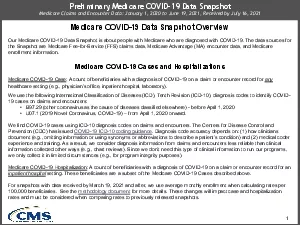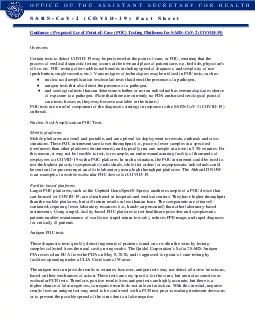PDF-Relief measures for businesses Canada146s COVID19 response plan A
Author : cady | Published Date : 2021-06-30
1 x0000x0000PageRelief measures for businessesCanada146s COVID19 response planApril1 2021evidence of the nondeferrable expenses Once the loan is processed funds
Presentation Embed Code
Download Presentation
Download Presentation The PPT/PDF document "Relief measures for businesses Canada146..." is the property of its rightful owner. Permission is granted to download and print the materials on this website for personal, non-commercial use only, and to display it on your personal computer provided you do not modify the materials and that you retain all copyright notices contained in the materials. By downloading content from our website, you accept the terms of this agreement.
Relief measures for businesses Canada146s COVID19 response plan A: Transcript
Download Rules Of Document
"Relief measures for businesses Canada146s COVID19 response plan A"The content belongs to its owner. You may download and print it for personal use, without modification, and keep all copyright notices. By downloading, you agree to these terms.
Related Documents

